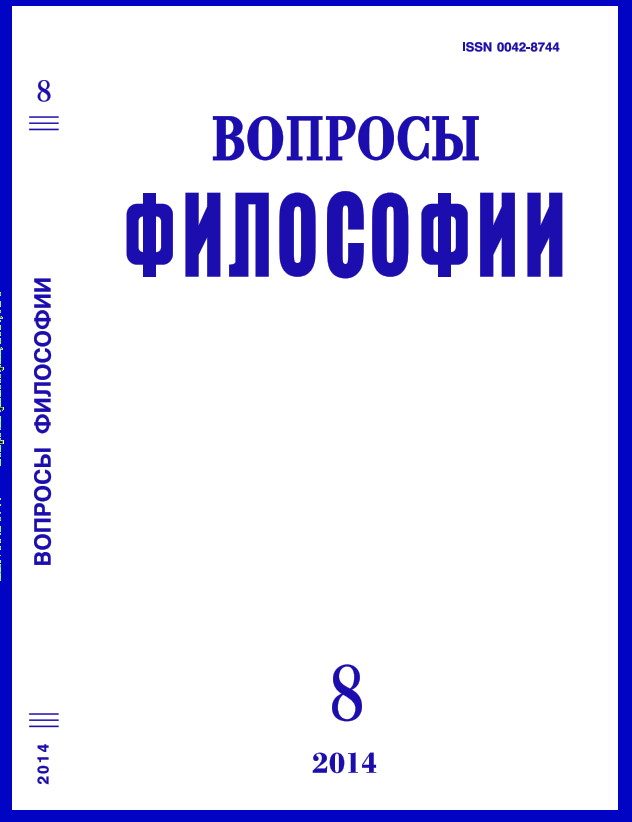Language and “Indivisibility” in Plato’s Philosophy
Keywords:
atomism, name, language and logos in the of Plato’s philosophy, the theory of indivisible elementsAbstract
Article is devoted to “atomistic” ideas in the philosophy of Plato. The main goal was to study the fragments where Plato uses examples with letters (στοιχεῖον) and words to illustrate any theoretical problems. Fragments relevant to this topic is found in dialogues “Cratylus”, “Theaetetus”, “Sophist”, “Philebus”, “Protagoras”, “Euthydemus”, “Republic” and “Statesman” etc. Contexts of these examples are differ from each other. Indivisible sign is used as an example of the structure of perception, eidetic substances, moral education, etc. The most significant example is present in the “Statesman”. The story about learning to read and write allows determining what should be the pattern of the sample. Letter indicates here all indivisible in the epistemological sense. So frequent and varied appeal to the grammar can be an indication that the features of the Greek language could be one of the arguments allowing Plato to formulate the doctrine of the indivisibility of basic elements which determine both theoretical and practical aspects of our lives.

